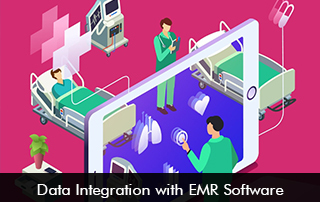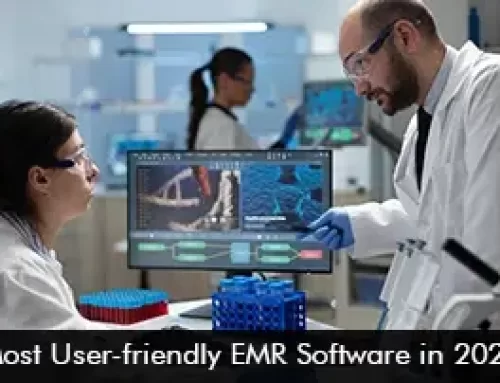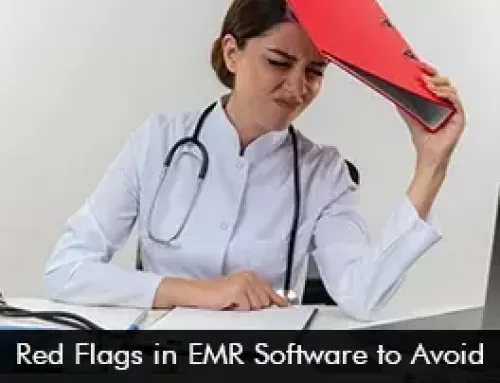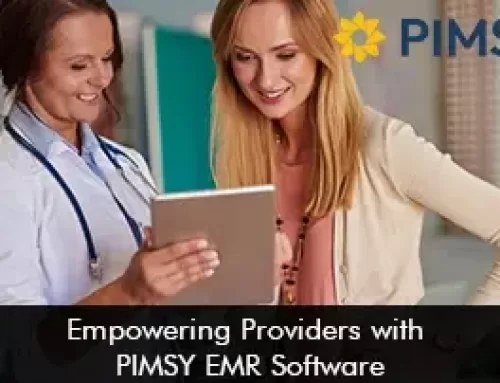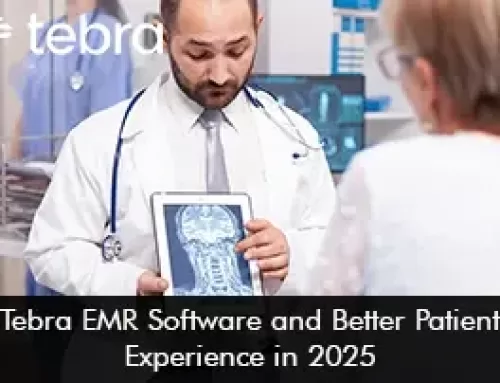In the digital healthcare world today, doctors and nurses use many different tools and systems to look after patients, like lab systems, imaging machines, pharmacy software, and even wearable health trackers. But if these systems aren’t connected properly, all that information gets spread out, making it hard to see the full picture of a patient’s health. That’s where integrating data with Electronic Medical Records (EMR) Software comes in handy. By gathering information from all these sources into one platform, EMR Software ensures that healthcare providers can see a complete, up-to-the-minute view of their patients’ information. This helps cut down on duplicate work, lowers the chance of mistakes, and helps the whole care team make smarter decisions.
The Importance of EMR Software for Sharing Health Information
EHR software is so much more than just a digital copy of old paper charts; it acts as the central hub for all a patient’s health information. When it’s connected with other systems, it lets lab results, imaging scans, medication histories, and even data patients input themselves flow together smoothly in one spot. For instance, once a lab test is done, the results automatically pop up in the patient’s EMR System, instantly alerting the healthcare provider. The CDC points out that effectively using electronic health records software can boost the quality, safety, and efficiency of healthcare, and making sure that information integrates well is key to making all that happen.
Advantages of Integrated EHR Software for Patients and Providers
For providers, EMR Software eliminates the hassle of switching between different systems. This saves valuable time and cuts down on frustration. It also makes sure patient information is consistent no matter where they’re receiving care, which is especially crucial when patients are seeing multiple specialists.
Patient benefits include quicker diagnoses, fewer unnecessary repeat tests, and care that feels more tailored to their specific needs. For instance, a patient managing diabetes gets real benefits when their home glucose readings automatically sync with their doctor’s EHR Software. This gives clinicians up-to-the-minute insights between appointments, even if they’re not physically in the office. Plus, EMR Software integration supports managing the health of whole communities by letting healthcare groups spot trends, better manage chronic conditions, and step in early when needed.
Tackling EMR Software Data Integration Hurdles
Even though the advantages are obvious, merging data into EMR Systems doesn’t always come without its challenges. The fact is, various Electronic Health Records Software often use completely different formats, and not every software provider puts a high priority on open APIs or making their systems easily compatible with others.
However, there’s positive movement: efforts like TEFCA (the Trusted Exchange Framework and Common Agreement), alongside government-backed initiatives, are working hard to create standard ways for health information to be shared across the country. At the same time, EMR Software vendors are adapting by creating more adaptable, cloud-based options that offer stronger support for connecting different systems. With these kinds of improvements, the future of healthcare is heading towards a more connected and patient-focused model.


